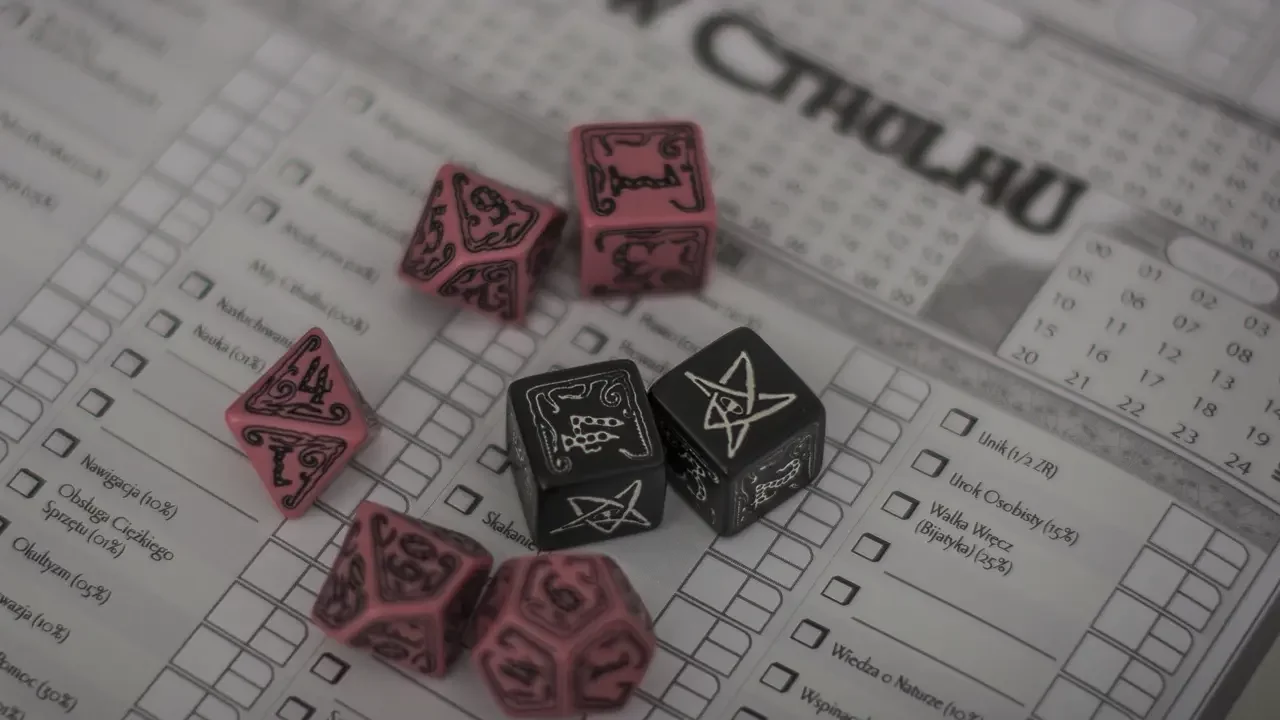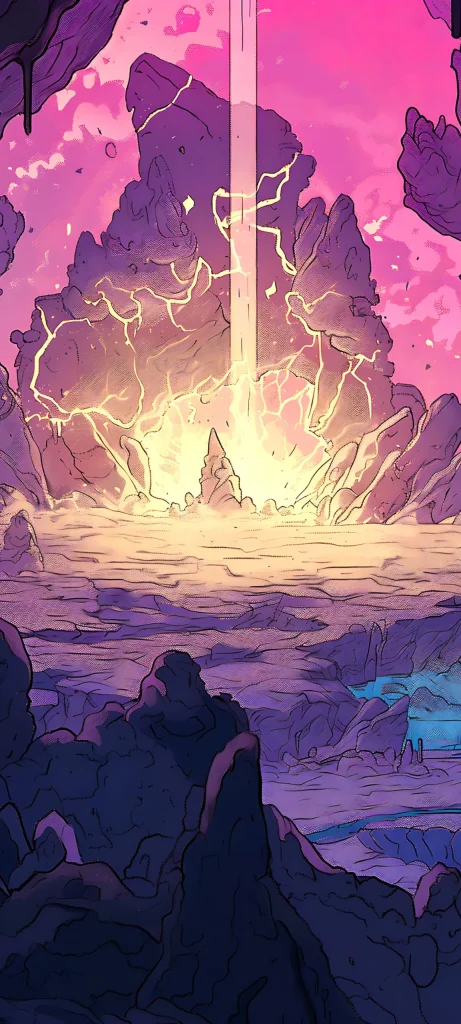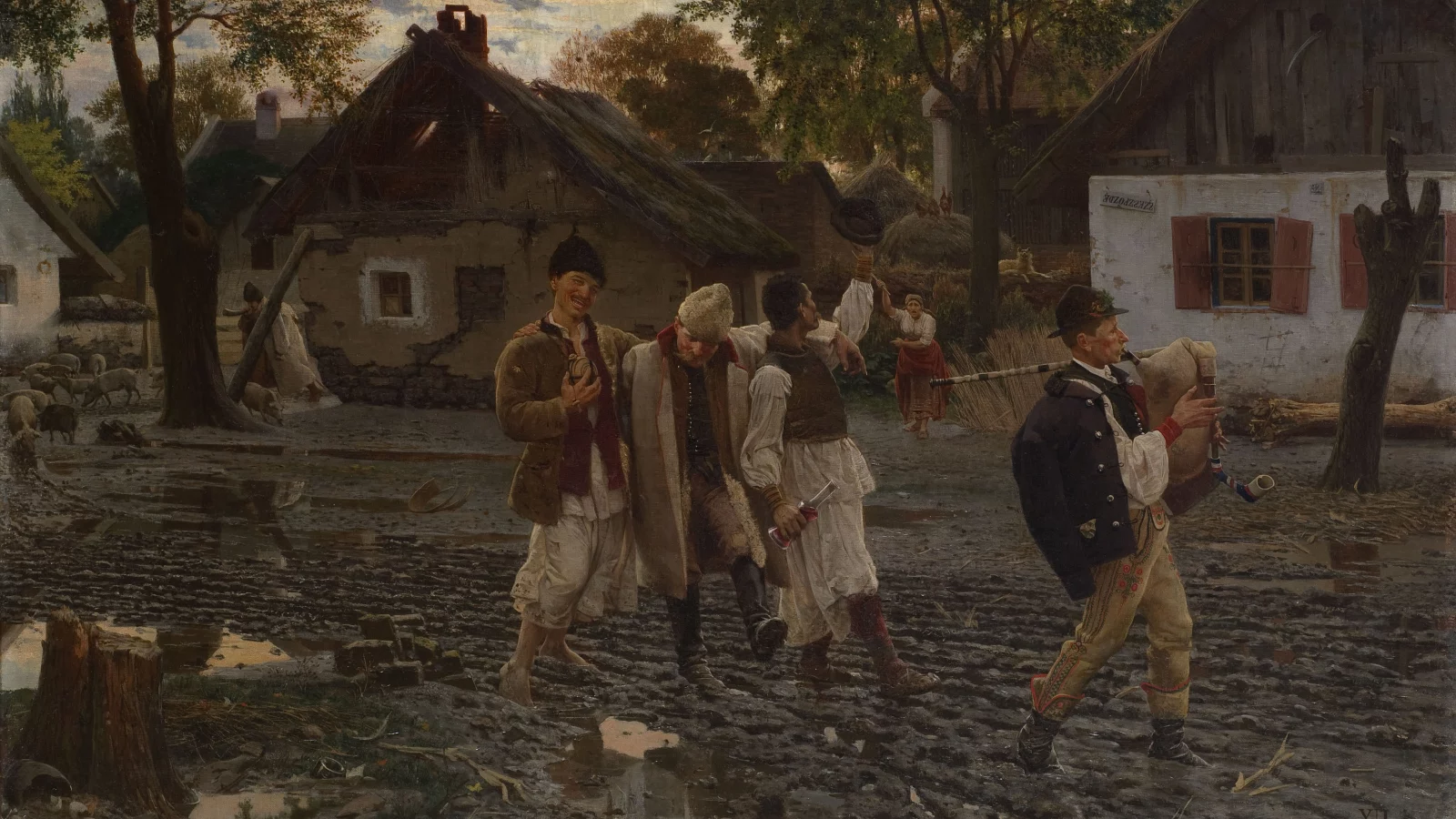
Environmental worldbuilding is when subtle details tell the story, and it's an essential component of immersive tabletop gameplay. Let's explore how environmental worldbuilding can transform your sessions into extremely evocative experiences.
What Is Environmental Worldbuilding?
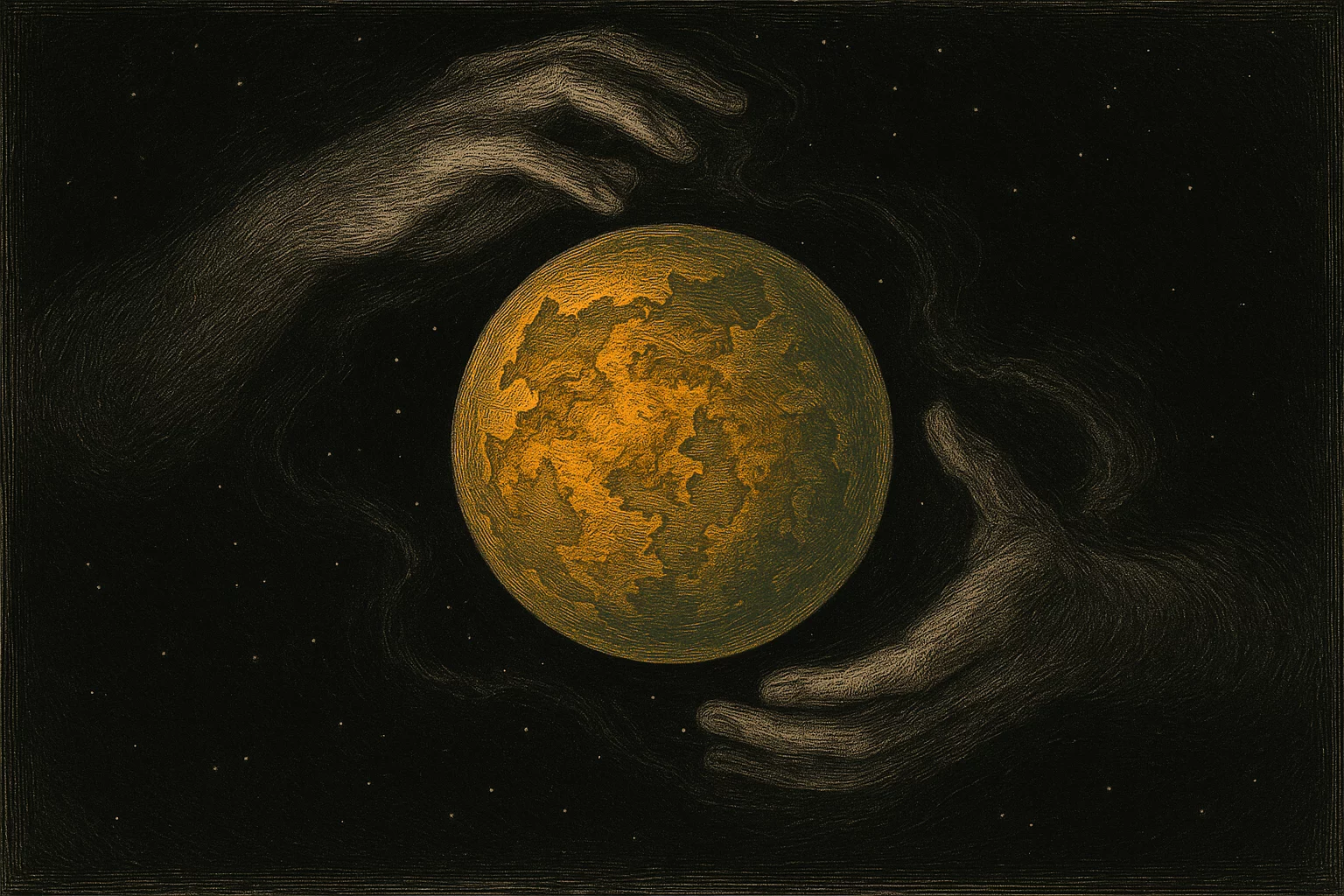
Environmental worldbuilding refers to any technique that can utilize your setting to convey an unspoken message. The concept is sometimes called environmental storytelling in the context of games. Environmental worldbuilding (or "EW" from now on) can do it all.
Need to briefly summarize history of your game world? Does a puzzle or plot require sneaky hints? Do you fancy enriching your players' immersion? EW has you covered. Any opportunity you have to illuminate the sensory experiences of your game world is a chance for EW to shine, and it can be powerfully subtle.
Let's start with some examples of EW in some of these different mediums, and demonstrate how powerful it can be.
Verbal: Mind Your Words

"For sale: baby shoes, never worn."
The six-word story above, "Baby Shoes," is an example of flash fiction; a story as brief as it is compelling. At first, readers might not interpret the sentence as anything more than a short advertisement.
However, the addition of "never worn" layers unspoken context into the story. Why weren't the baby shoes ever worn...? The story's brevity and ambiguity allows readers' minds to wander, which might allow them fill in the blanks with their own imagination. The right words in the right context can impart powerful emotions.
Audio: Watch Your Tone!

These same principles applies to spoken dialogue. In my last article on poetic storytelling, I emphasized how you talk can affect what you're talking about. By extension, speech can emphasize the broader context of your world.
Consider this scene from the first Harry Potter movie, where Hagrid teaches Harry Potter about the evil wizard Voldemort—but in a hushed and fearful tone. Voldemort: a name so vile that it's considered an affront to polite magical society. When Harry echoes the name, Hagrid shushes him. In short order, we now have a taste of Voldemort's influence within the wizarding world. This demonstrates how the weight afforded to words can effectively convey unspoken information.
The same applies to sound effects and music. In Harry Potter, note the eerie silence that accompanies Hagrid's speech. The crackling fireplace and casual tavern talk blur into a distant whisper. Our attention is brought to the meaning of Hagrid's words, and which segue into ominous music that emphasizes Voldemort's wickedness. In short, speech, sound effects, and music can all embellish your scene; and with surprisingly little effort required.
Both "Baby Shoes" and Harry Potter highlight how EW can enhance your story's setting with minimal time and effort. As the adage goes, "a picture is worth a thousand words." Competent storytellers intuitively understand this, and can assemble words into the bigger picture.
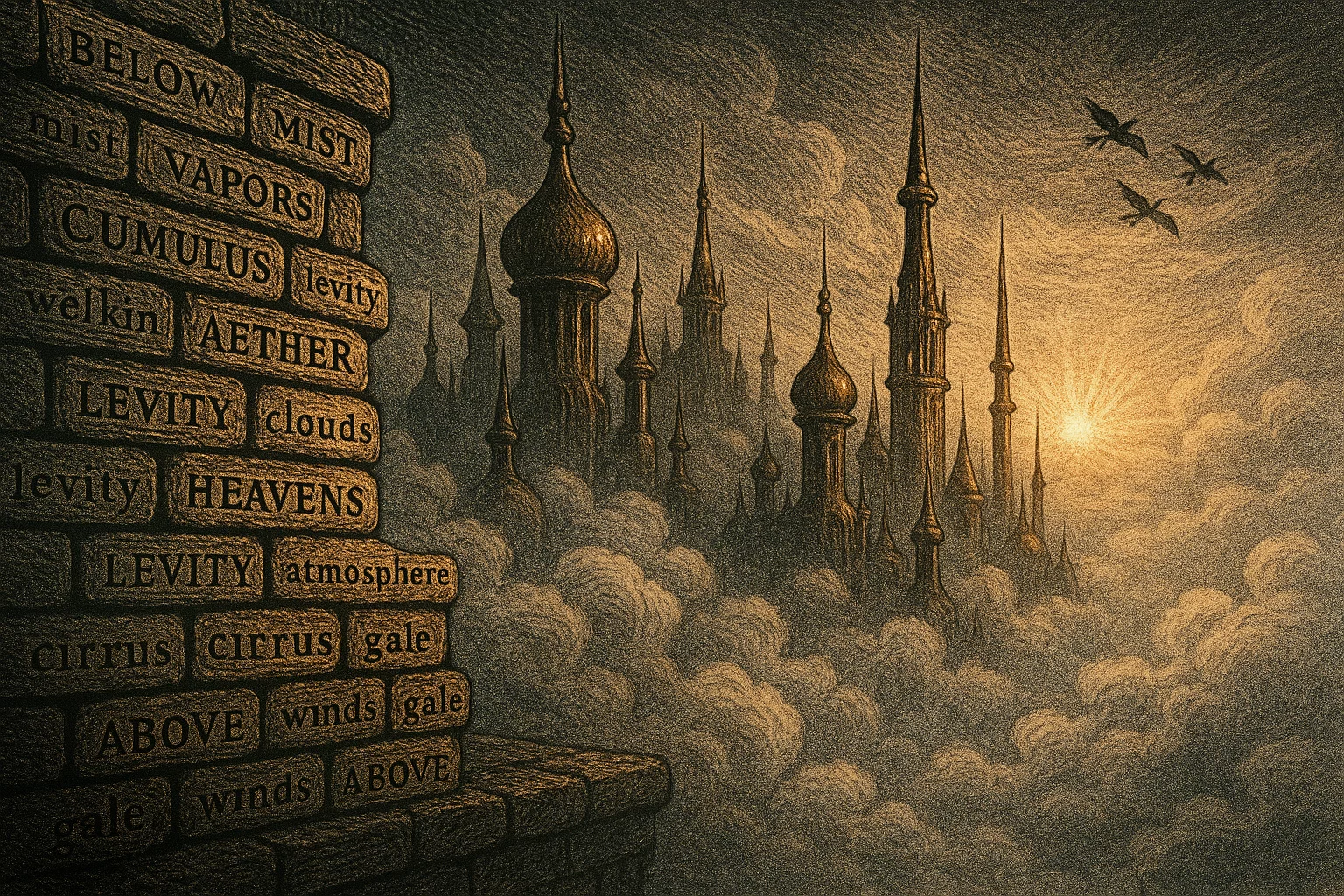
Visual: Imagine the Image
Speaking of pictures, visual elements can enhance the immersion, depth, and humanity of your world. Let's examine the post-apocalyptic roleplaying video game, Fallout: New Vegas. In New Vegas, players explore the Mojave Desert some 200 years after a destructive nuclear war, which is chock-full of delightful details of how people live and function.
Take the minor trading town Novac, so-named because of a motel sign that survived the atom bombs. Imagine yourself as an early inhabitant of that dusty desert town. What would you call it? Those early settlers first saw a prominent "NO VACANCY" sign at the front of the motel. The last few letters didn't withstand the test of time. What remained was NOVAC. Over time, settlers came to refer to the town as such. Visuals can serve as a basis to reflect elements of your world, and enhance your EW.

In total, good EW can result from any source: verbal, audio, or visual. Likewise, remember that asking questions about your world's features is a good way to consider its subtle details. In the examples above, consider why something is the way it is; how information is revealed; and what it is within its world. Curiosity and creativity are the keys to the kingdom.
Easy! If you can grasp these simple principles, then you're ready to understand how expanding that simple principle can express vast emotional depths; subtly draw players in with clever hints; and unleash the power of your world.
How To Implement Worldbuilding
Broadly speaking, it's good to watch for opportunities to weave threads with environmental worldbuilding. Keen improvisational skills can enhance your setting(s), so practice pouncing on environmental details that your mind makes available. Otherwise, consider the following methods of enhancing your world.
Taking Inspiration: Learn From The Best

Where does one start? Importantly, not every setting must be wholly original. Certain tropes and archetypes stick because they work well. The idea of a dangerous wilderness town, for instance, has parallels in the American Wild West setting. The trope is common even within the fantasy genre. Consider the massively multiplayer online role-playing game Old School Runescape, which features a town on the edge of a dangerous wilderness called...well, Edgeville. It's a foreboding town frequented by players who kill other players (or "PK'ers"). Undead creatures wander near Edgeville's decrepit buildings, and a foreboding music track accompanies Edgeville's dour environment.
No matter what your favorite setting is, the point is not to copy, but instead to draw from, and build upon. Existing works serve as wonderful inspirations for you to refine your own world's details.
Taking Initiative: Place Yourself There
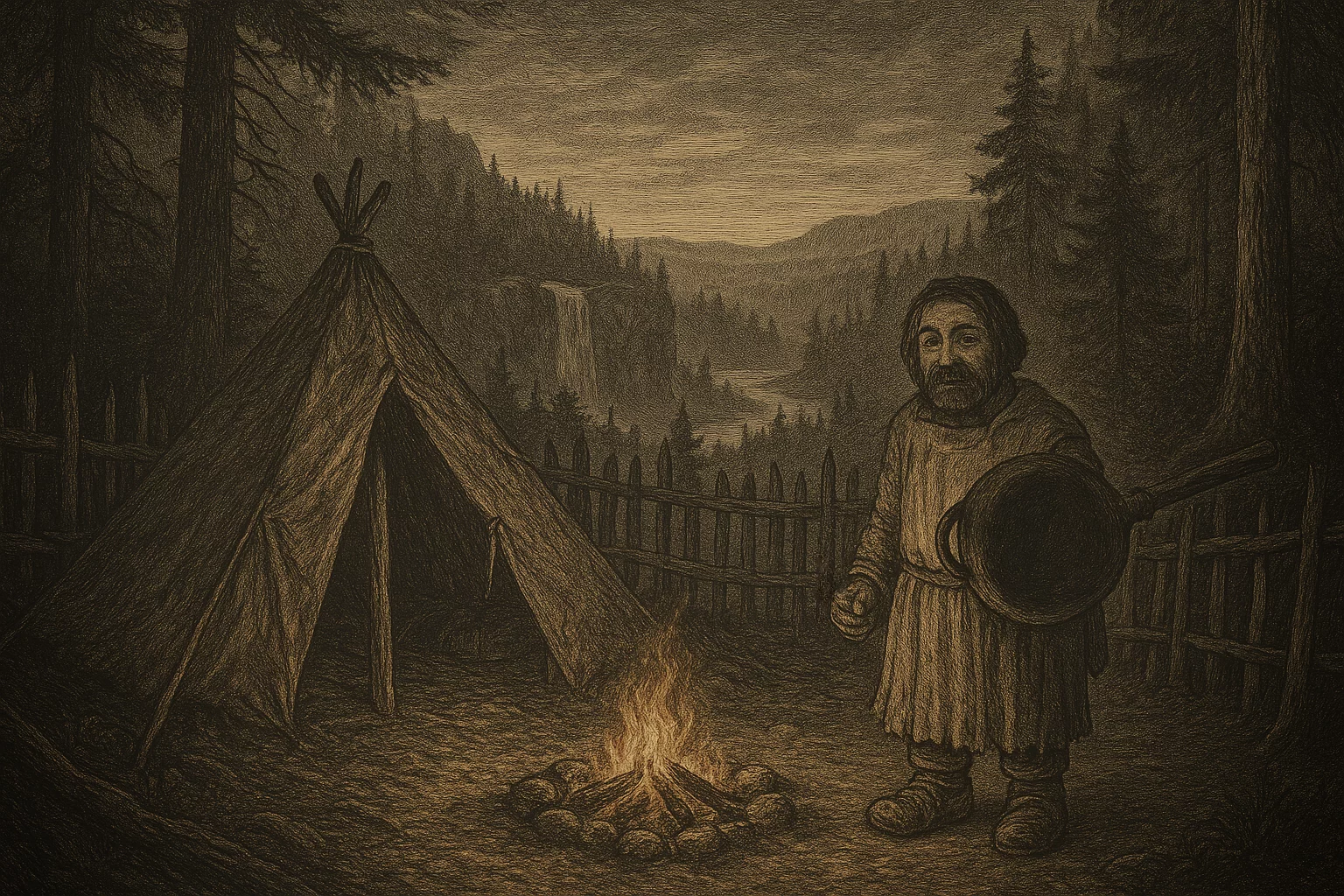
So, let's say you've cooked up an inspired setting in your medieval fantasy world. It's a magical forest town bordering some dangerous wilderness badlands. Rapacious banditry and dangerous fauna reave along the outskirts of civilization, and foolish townsfolk go missing. Place yourself in that town as an inhabitant; a visitor; or a bandit... How do the people act? Perhaps they're jumpy, scrambling to arm themselves with tools and weapons at the slightest provocation. Maybe they cope with a shrug and sense of humor. What are their jobs? Do they know someone who's gone missing? To be sure, you don't need every aspect of your setting on hand. However, preparing a good few details is a great place to start worldbuilding.
Take a Listen: Audio & Ambience

Earlier, we explored how the right audio—ambience, music, sound effects, or otherwise—can immerse players in your setting. No matter the mood (like mystery) or the situation (such as betrayal), every moment in tabletop presents another opportunity for auditory enchantment.
Accordingly, while there are many resources that can accomplish this end, Opus has everything that the aspiring Game Master will ever need. Opus features an auditory repository of high-quality nature ambience; expressive melodies for every tonal scene; and sound effects for every occasion. Look no further than Opus for accessible sensory immersion that will take your environmental worldbuilding to the next level.
Take A Look: Vicarious Visuals

Whatever your setting is, know that visuals add their own immersion. For example, monsters in the Dungeons & Dragons universe have detailed illustrations that are useful for bolstering your own descriptions, or for presenting to your players at the game table. If you're playing in-person, consider utilizing available physical space with with set dressing. To that end, take a peak at some of Michael Ghelfi Studios' own posters, which feature prominently-colored, and expertly-painted fantasy landscapes. They're majestic, wonderfully-tonal additions to any game space.
Environmental Storytelling In Conclusion

It's a fact: environmental worldbuilding is a mainstay of evocative tabletop sessions. Moreover, there is no single way to achieve it. Part of what makes tabletop so exciting is the myriad ways that Game Masters can immerse their players. Mind your medium, and curate to your curiosity. The world will follow where you wander.


